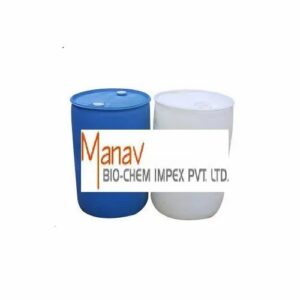Furfuryl Alcohol: Product Description, Uses & Technical Data
Product Description
Furfuryl alcohol is an organic compound derived from furfural, which is obtained from agricultural byproducts such as corn cobs, oat hulls, and sugarcane bagasse. It is a colorless to yellowish liquid with a characteristic odor. Furfuryl alcohol is known for its reactivity and versatility, making it a valuable intermediate in the production of various chemicals and materials. It is primarily used in the manufacturing of resins, adhesives, and coatings, as well as in the synthesis of pharmaceuticals and agrochemicals.
Uses
Furfuryl alcohol has a wide range of applications across various industries, including:
- Resin Production: Used as a key ingredient in the production of furan resins, which are utilized in foundry applications and as binders in composite materials.
- Adhesives: Acts as a bonding agent in the formulation of adhesives, particularly in wood and paper products.
- Coatings: Employed in the formulation of protective coatings and paints due to its excellent adhesion properties.
- Pharmaceuticals: Serves as a building block in the synthesis of various pharmaceutical compounds.
- Agrochemicals: Used in the production of pesticides and herbicides.
- Flavoring Agent: Occasionally used in the food industry as a flavoring agent due to its sweet, caramel-like aroma.
Technical Data
| Property | Value |
|---|---|
| Chemical Formula | C₄H₆O₂ |
| Molecular Weight | 86.09 g/mol |
| Appearance | Colorless to yellowish liquid |
| Odor | Characteristic, sweet |
| Boiling Point | 171 °C (340 °F) |
| Melting Point | -30 °C (-22 °F) |
| Density | 1.1 g/cm³ |
| Solubility in Water | Miscible |
| Flash Point | 63 °C (145 °F) |
| Viscosity | 1.5 mPa·s at 20 °C |
| Storage Conditions | Store in a cool, dry place away from heat and sources of ignition. |
Summary
Furfuryl alcohol is a versatile chemical with significant industrial applications, particularly in the production of resins, adhesives, and coatings. Its unique properties and reactivity make it an essential component in various formulations across multiple sectors. Understanding its technical data and uses can help industries leverage its benefits effectively.

